Undercover Identity
The gho, Bhutanese traditional dress, is important tool for defining the nation. What’s under, defines the individual.
One of the most distinctive features of the Bhutanese is their traditional dress. The gho, a knee-length belted robe worn with wide white cuffs for men, and the kira, an ankle-length wraparound dress for women, are centuries old. Wearing them is a matter of cultural pride, but a 1989 law also makes this statement of national identity mandatory for civil servants during business hours. For the mountain kingdom, establishing a clear national identity is crucial, and the gho and kira have become important tools for defining the nation and differentiating it from its neighbours. There is more room for individuality from the knees down, however, and trousers, socks and shoes reveal something more about the people who wear them. These photographs feature a civil servant, a tourist guide, a teacher and a farmer, but not in that order. Can you guess who is who?
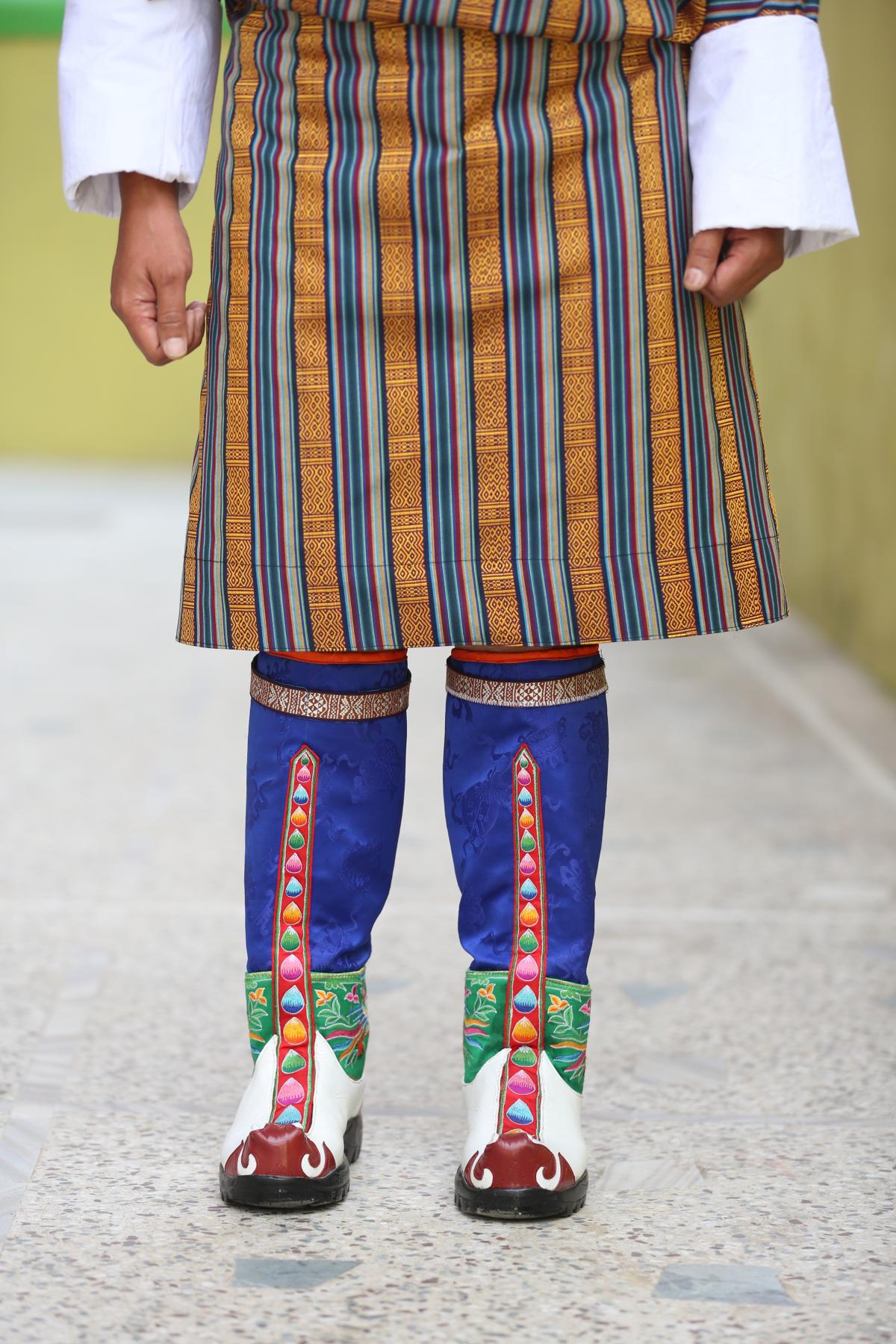
— a farmer wearing ceremonial boots for special occasions.
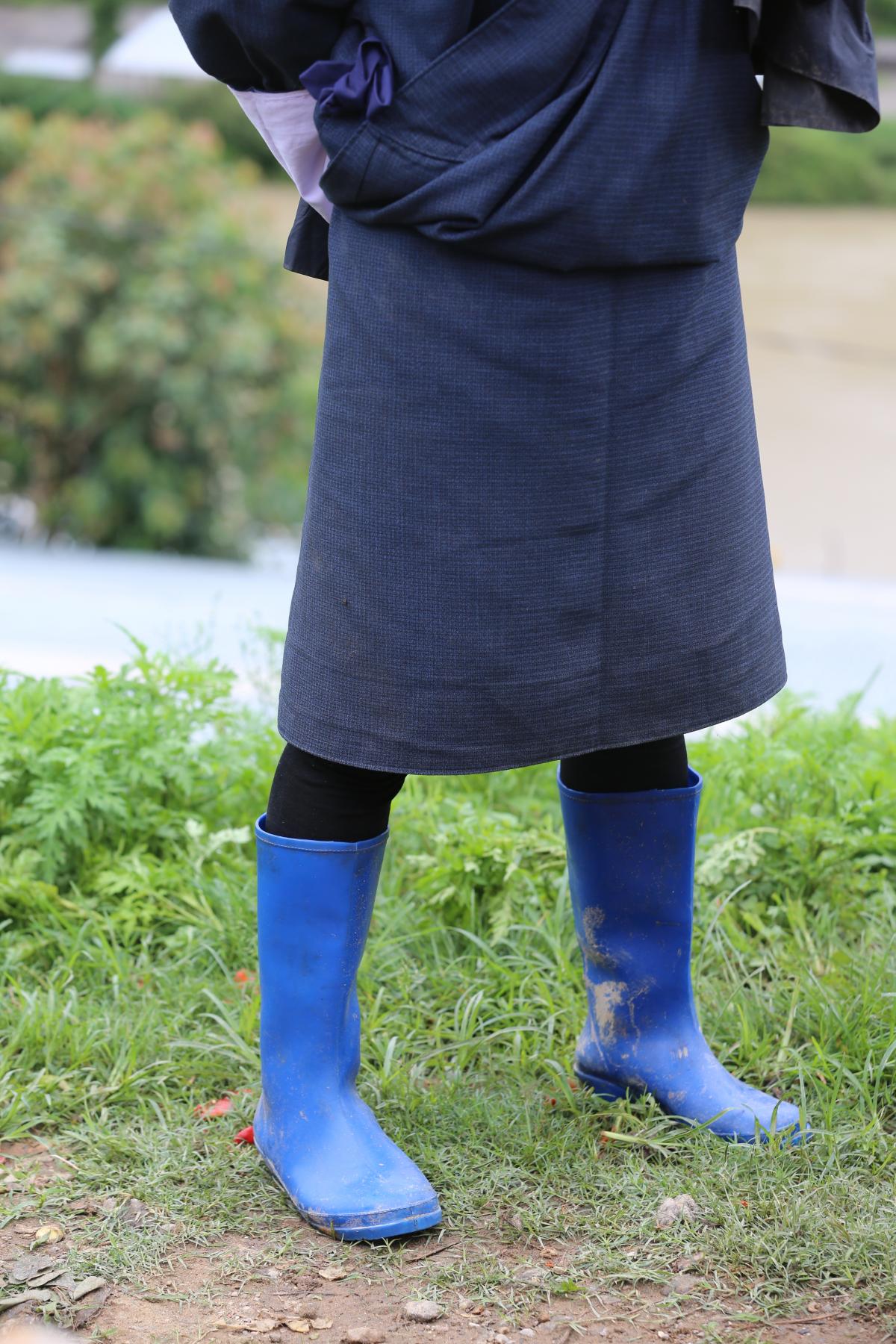
— a different farmer
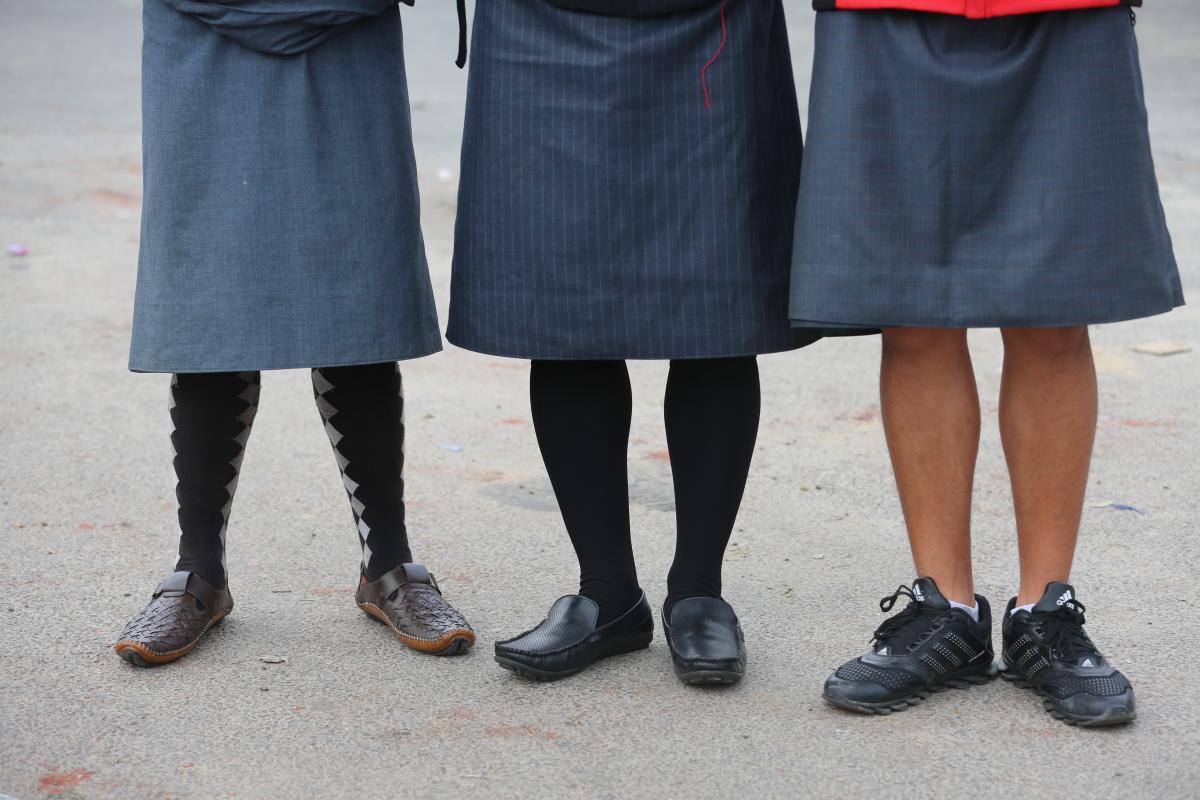
— taxi drivers
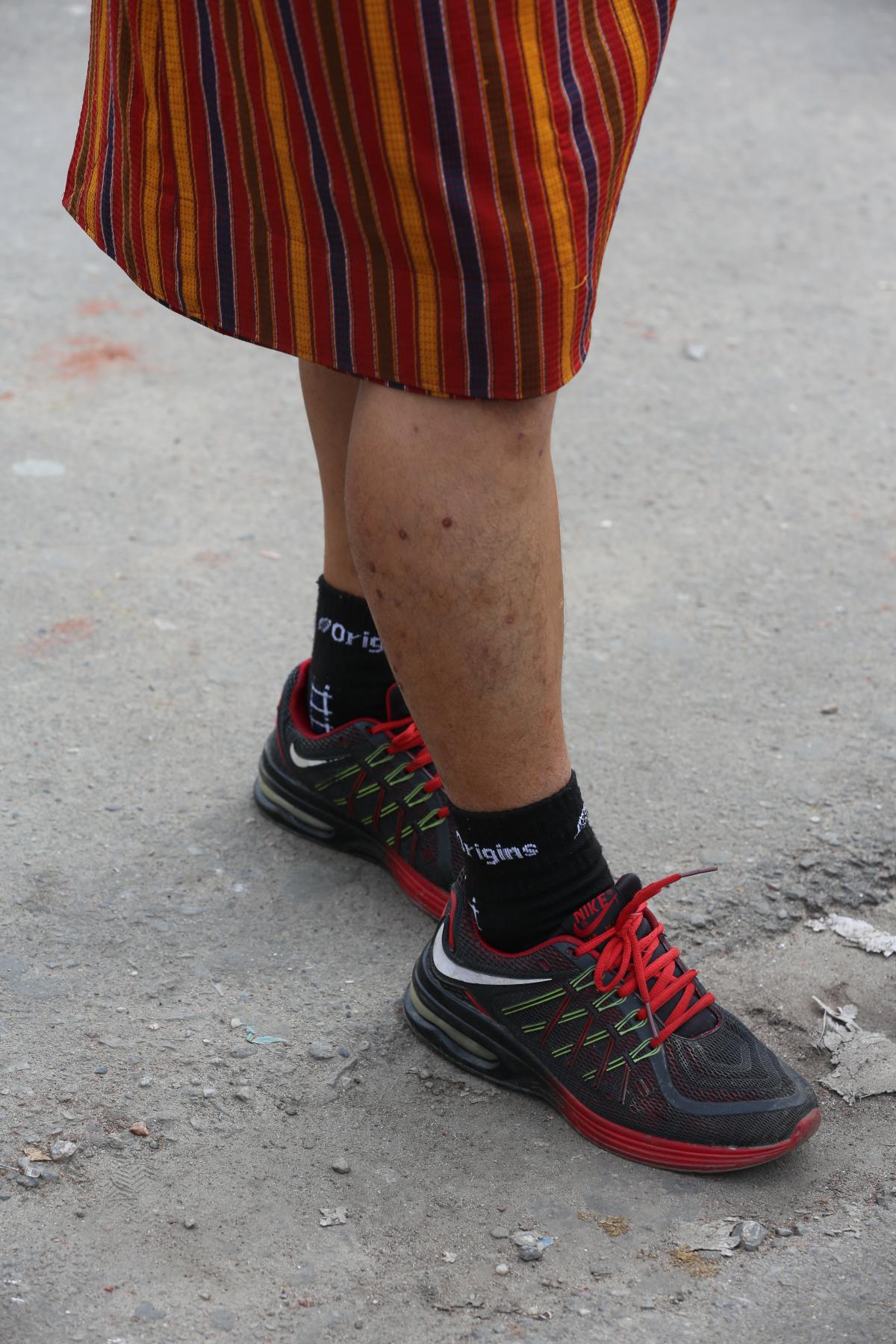
— a tourist guide
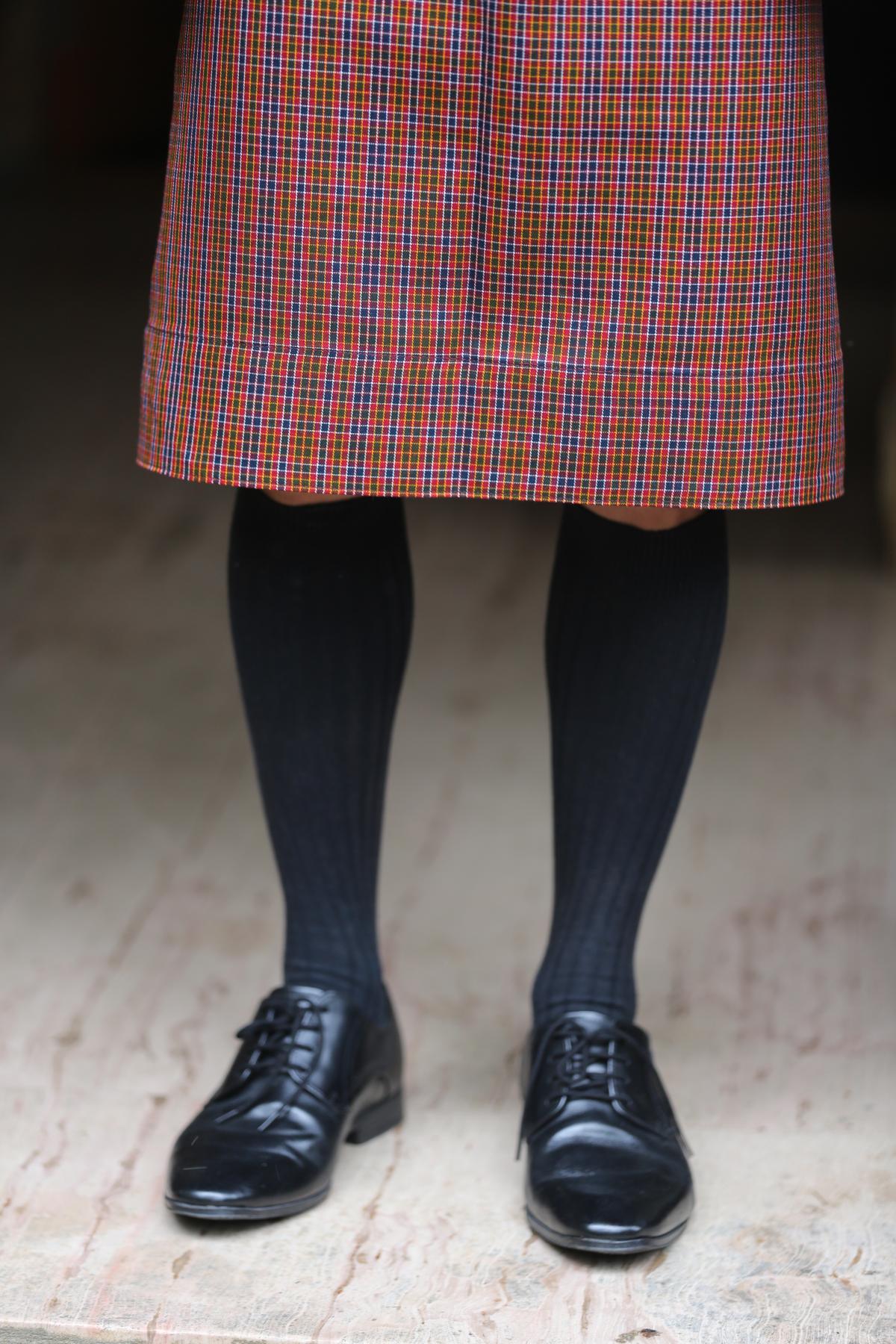
— a civil servant
